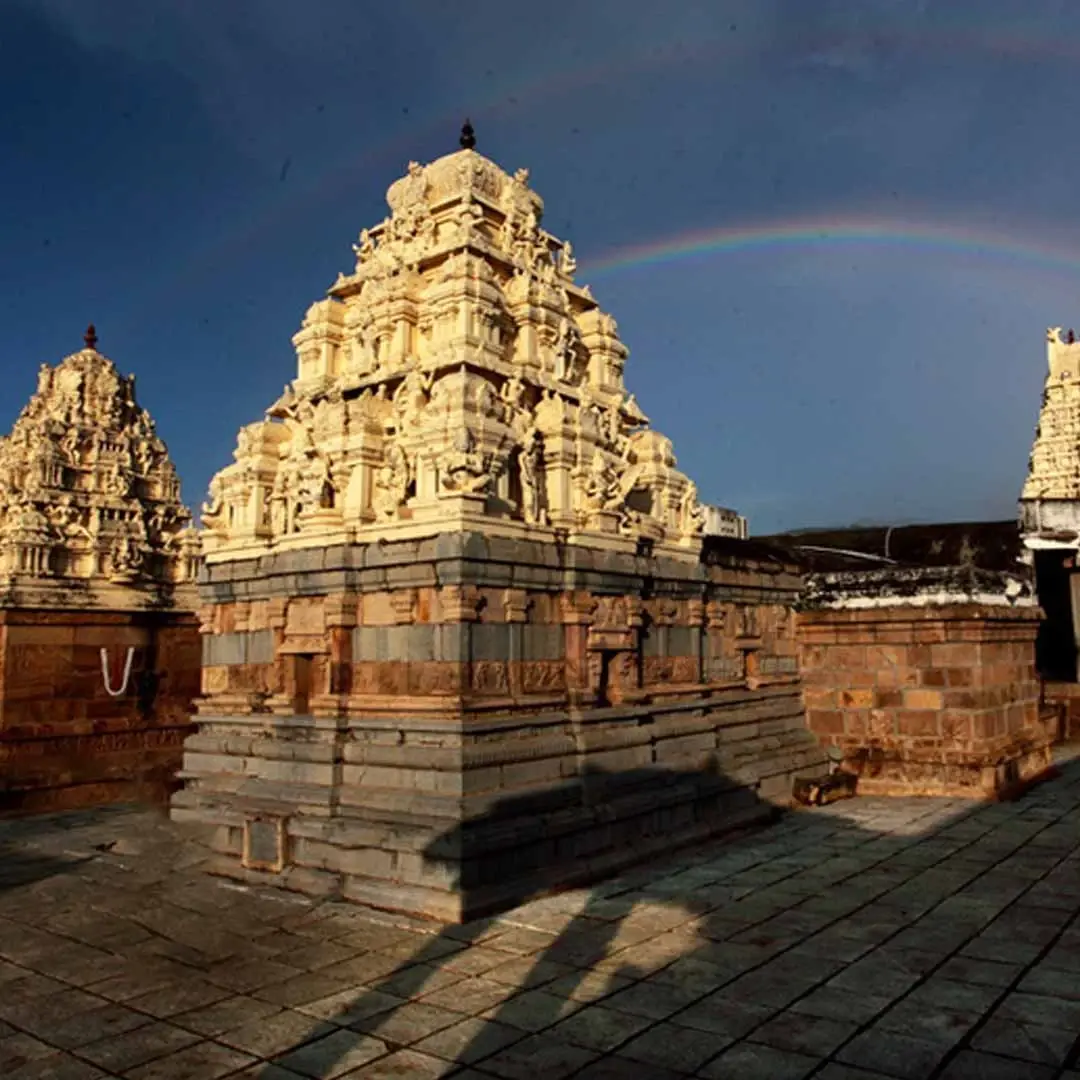
Ahobilam Narasimha Swamy Temple (Lower and Upper Ahobilam)
location_on Ahobilam, Andhra Pradesh - 518543
Overview
The Ahobilam Narasimha Swamy Temple, is located in the Eastern Ghats of Ahobilam district in Andhra Pradesh. It is devoted to Lord Narasimha, the half-man, half-lion avatar of Vishnu. Derivation of the word 'Ahobilam' goes back to Stala Purana, where it is given that all the Devas, after witnessing the ferocious form of Lord Vishnu while killing Hiranyakashipu, sung in his appreciation ‘Ahobala,’ which means ‘Strength.’
The prapatthi sholka also says the same about Ahobilam:
Aho Veeryam Aho Souryarn Aho Bahuparakramah
Naarasimham Param Daivam Ahobilam Aho Balam.
The temple is on a hilltop, which is divided into two parts, known as Upper Ahobilam and Lower Ahobilam. There are nine temples dedicated to Lord Narasimha, depicting his many forms within a 5 km radius. The Upper Ahobilam includes temples like Ahobilam Narasimha, Kroda Narasimha, Jwala Narasimha and Malola Narasimha. The Lower Ahobilam comprises temples of Yogananda Narasimha, Chatravata Narasimha, Pavana Narasimha and Bhargava Narasimha.
God of Ahobilam Temple
The presiding deity in Nava Narasimha Temples Ahobilam is Prahlada Varada; he carries a gentler aspect to himself, unlike the typically feared form of Narasimha, who is the avatar of Lord Vishnu, who appeared to defeat the demon king Hiranyakashipu.
Goddess of Ahobilam Temple
Chenchu Lakshmi is also present in the Ahobilam Narasimha Swamy Temple, Andhra Pradesh as consort of Lord Narasimha. She is an incarnation of Goddess Lakshmi.
Ahobilam Narasimha Swamy Temple History
Ahobilam Narasimha Swamy Temple history consists of many ancient and medieval kingdoms contributing to its wealth.
In the 8th century AD, Sri Thirumangai Alwar composed ten pasurams on Ahobilam. As noted, Chalukya Kings, in 1076 AD, Bhuvaneka Malla, Jagadeka Malla and Tribhuvana Malla, worshipped Ahobila Narasimha Swamy. Vobula, a colloquial name for Ahobila, is mentioned in an inscription of Chalukya Kirthivarman II, which was located at Peddapeta. Ancient records attach the temple's history with Kakatiya ruler Pratapa Rudra Mahadeva. He camped near Ahobilam and made an idol of Lord Shiva from melted gold. But the image kept taking the form of Narasimha Swamy. He adored the svarnamurthy (gold idol) and gifted it to the first Peethadhipathi, Sri Advan Satagopa Yatheendra Mahadesikan.
The Reddy Kingdom ruler, Prolaya Vema Reddy, built the steps of Abobilam and his poet Yerrapragada composed Narasimhapurana in praise of the Lord Ahobilam.
The Rayas of Vijayanagara are also considered primary patronages of the temple. The temple's inscriptions also confirm that the central patronage of Ahobilam temple was at the hands of the Rayas of Vijayanagara. According to the Mackenzie Manuscript of Ahobilam Kaifiyat, King Harihara Maharaja of Vijayanagara, son of Bukkaraya, built a Mukha mandapam in Upper Ahobilam in Salivahana year 1317.
According to the Ahobilam Temple history, Sri Krishna Deva Maharaya paid a visit to Ahobilam and gifted a necklace, a diamond pendant, rubies, emeralds, ruby-covered bangles, a golden plate and a thousand Varahas.
Raja Soma Bhoopala Rayudu of Gadwal Samasthanam became a student of Sri Ahobila Matha's 27th Jeer and built the Gadwal Mandapa in Upper Ahobilam.
In the British Era, a yearly payment of 100 Varahas from Rudravaram Village in the East India Company (EIC) Taluq was made to Nava Narasimha Shrines Ahobilam, as negotiated by the English Collector, Col. Munro. He refers to the Sri Ahobila Matha as “Ahobila Swamy” and is also have been said to arrange for Ahobila Swamy’s transit from Mysore without a fee.
Since its inception, the Peethadhipathis of Sri Ahobila Matha has overseen the Ahobilam Temple and its nine shrines.
Architecture
The Lakshmi Narasimha Swamy Temple, Ahobilam is on a hilltop divided into Eguvu Ahobilam (Upper Ahobilam) and Diguvu Ahobilam (Lower Ahobilam). The upper site consists of various magnificent buildings and prominent temples. The sanctum sanctorum is in the form of a large, egg-shaped rock. The lower site holds the capacity of hosting more than a thousand pilgrims and the temples are mainly in Dravidian style.
On the way to the Upper Ahobilam, the Karanja Narasimha Temple is situated. Prahlada Varada Sannidhi, Prahlada Mettu and Ugra Sthambham are located in the Lower Ahobilam site.
Nine forms of Narasimha are given in the Sthalapurana of Ahobilam in Sanskrit:
1) Bhargava Narasimha Swamy
It is situated near a holy pond called 'Bhargava Theertham', and it is said that Bhargava Rama has been penanced here for years. It is two kilometres from Lower Ahobilam.
2) Yogananda Narasimha Swamy
It is situated at a distance of two kilometres southeast of Lower Ahobilam. It is believed that Lord Narasimha taught Prahlada different types of yogic postures after he killed Hiranyakashipu. Hence, he is called Yogananda Narasimha in this form.
3) Chatravata Narasimha Swamy
Thorny bushes envelop this deity under a sacred Peepal Tree (Bodhi Tree), three kilometres from Lower Ahobilam. Therefore, he is known as Chatravata Narasimha Swamy.
4) Ahobila Narasimha Swamy
It is said that the Lord Narasimha here is 'Svayambhu' (self-manifested) and the presiding deity of Ahobilam Nava Narasimha Temples. He appears to be in a ferocious form and is known as Ugra Narasimha. This is the primary and most ancient temple in the Ahobilam 9 Temples, located eight kilometres from Lower Ahobilam, in the Upper Ahobilam shrine.
5) Krodakara (Varaha) Narasimha Swamy
The form in which Narasimha Swamy is present in this temple is that of a boar (krodakara or Varaha); he is with his consort, Goddess Lakshmi. The temple is just a kilometre away from the primary temple of Ahobila Narasimha Swamy.
6) Karanja Narasimha Swamy
The deity gets his name because the temple is situated under a tree known as 'Karanja Vruksham' and is on the way to the Upper Ahobilam.
7) Malola Narasimha Swamy
The term 'Malola' means beloved to Lakshmi, as 'Ma' means Goddess Lakshmi and 'Lola' means Beloved. Lord Narasimha, the incarnation of God Vishnu, is seen with his wife, Lakshmi, two kilometres from the main sanctum in Upper Ahobilam. The Lord is in his vinamra (calm) aspect, also called 'utsavamoorthi.’
8) Jwala Narasimha Swamy
Jwala Narasimha Temple Ahobilam is located on a hill called 'Achalachaya Meru,' four kilometres from Upper Ahobilam Temple. It is believed to be the exact spot where Lord Narasimha, overpowered by his rage, tore Hiranyakashipu apart.
9) Pavana Narasimha Swamy
On the banks of the river, Pavana, approximately six kilometres from the Upper Ahobilam shrine, is the temple of Pavana Narasimha Swamy.
The other sites of Lower Ahobilam are 'Ugra Sthambham' and 'Prahlada Mettu.'
a) Ugra Sthambham
A notch in the middle of the mountain divides into two noticeable parts in the Lower Ahobilam, which is believed to be the crack from where Lord Narasimha first appeared. That notch is called 'Ugra Sthambham.'
b) Prahalada Mettu
Between Ugra Sthambham and the Upper Ahobilam shrine, there is a site dedicated to Prahlada Narasimha Swamy.
Several holy 'theerthas' (ponds) surround this place; among them, Rakthakundam theertha is the most significant. The legend goes that Lord Narasimha Swamy killed Hiranyakashipu and washed his hands down to this theertha. Therefore, the water appears to be a little red, and pilgrims still come by to witness.
Significance
Thousands of devotees visit the Ahobilam Temple every year to seek blessings from Lord Narasimha. The Ahobilam Narasimha Temple confines nine other temples dedicated to various embodiments of Narasimha. This unique feature of the temple is known as Nava Narasimha Kshetras, which is one of a kind in the country. The temple also draws its significance from the several inscriptions and ancient scriptures that mention this place and the stories of Lord Narasimha. It is one of the 108 Sri Vaishnava Divya Desams. Goddess Adi Lakshmi Devi, consort of Lord Vishnu, also resides in the temple complex; she is an incarnation of Sridevi. It's a site where history rumours its mysteries, nature reveals its magnificence and belief finds a heavenly refuge.
Best Time to Visit Ahobilam Temple
It is during the winter season, as a trek is involved. The months of September to March are considered pleasant for seeking blessings in this temple.
Festivals
The festival of Brahmotsava is celebrated on a large scale in March month. Thousands of devotees join this event. Also, every month, on the day of Swati Nakshatra, a grand Gramotsava is celebrated.
How to Visit Ahobilam Narasimha Temple
| Type | Name | Distance from the temple |
|---|---|---|
| Bus Stand | Diguva Ahobilam Bus Stop | 550 M |
| Railway Station | Nandyal Railway Station | 72 KM |
| Airport | Kadapa Airport | 95 KM |
Ahobilam Temple Dress Code
Ahobilam Temple dress code comprises traditional attire, which is mandatory while visiting the temple, with men wearing dhoti and women wearing sarees or salwar kameez. Footwear is strictly restricted within the temple premises, and pilgrims are instructed to maintain decorum and respect the temple's sanctity.
Do's & Don'ts
- Do take a bath and wear clean clothes before darshan.
- Do take ancient rituals and customs in regard.
- Do follow the dress code laid by the temple authorities.
- Don't smoke or drink inside the temple or before the darshan.
- Don't chew tobacco or spit inside the temple.
Ahobilam Temple Timings
The Ahobilam Temple timings vary from Lower Ahobilam to Upper Ahobilam. The Lower Ahobilam temple timings are 6:30 AM to 8:00 PM. The Upper Ahobilam temple timings are from 7:00 AM to 7:00 PM.
Ahobilam Temple Sevas
| Name | Timings | Price |
|---|---|---|
| Puttuventrukalu | Contact Temple | Rs. 20 |
| Sahasranamarchana | Contact Temple | Rs. 100 |
| Vivaha Kattadi | Contact Temple | Rs. 200 |
| Thomala Seva, Neyyi Dheepam | Contact Temple | Rs. 500 |
| Pavutrotsava Pooja, Dasara Navaraatrula Puja | Contact Temple | Rs. 500 |
| Saswatha Abhishekam, Saswatha Puja | Contact Temple | Rs. 1500 |
| Vahana Seva | Contact Temple | Rs. 1500 |
| Gramotsavam | Contact Temple | Rs. 2000 |
| Rathosavam | Contact Temple | Rs. 2000 |
| Addalamandapa Seva | Contact Temple | Rs. 2000 |
| Kalyanotsavam, Sudharshana Homam | Contact Temple | Rs. 3000 |
| Nava Narasimha Abhishekam | Contact Temple | Rs. 2000 |
| Saswatha Kalyanam | Contact Temple | Rs. 20000 |
Note - These timings and prices may vary depending on the temple's schedules and changes in the pooja process. Therefore, confirming the timings and prices with the temple authorities is advisable before visiting.
Interesting Facts about Ahobilam Narasimha Swamy Temple, Andhra Pradesh
The Ahobilam Narasimha Temple confines nine other temples dedicated to various manifestations of Lord Narasimha.
Mythological Legends of Ahobilam Narasimha Temple
It is said that Ahobilam Lakshmi Narasimha Swamy Temple is the exact location where Lord Vishnu took the form of Lord Narasimha to save Prahlada and kill the rakshasa Hiranyakashipu. It is stated in the Brahmanda Purana.
After this event, Garuda penanced at Ahobilam to meet Lord Narasimha. He penanced in the Nallamallai Hills for more than a thousand years. Finally, Lord Narasimha self-manifested Himself in the Ahobilam Caves. He took nine forms of his to show all his traits and were called 'Nava Narasimha.' Garuda worshipped the Lord later, and the mountains were hence called Garudadri or Garudashailam.
Temples
| Name | Distance from the city |
|---|---|
| Sri Mahanandiswara Swamy Temple | 58 KM |
| Agastheeswara Swamy Temple | 60 KM |
| Mukthi Rameswaram | 65 KM |
Adventure
| Name | Distance from the city |
|---|---|
| Ahobilam Trekking | 0 KM |
| Gandikota Fort | 80 KM |
Temples
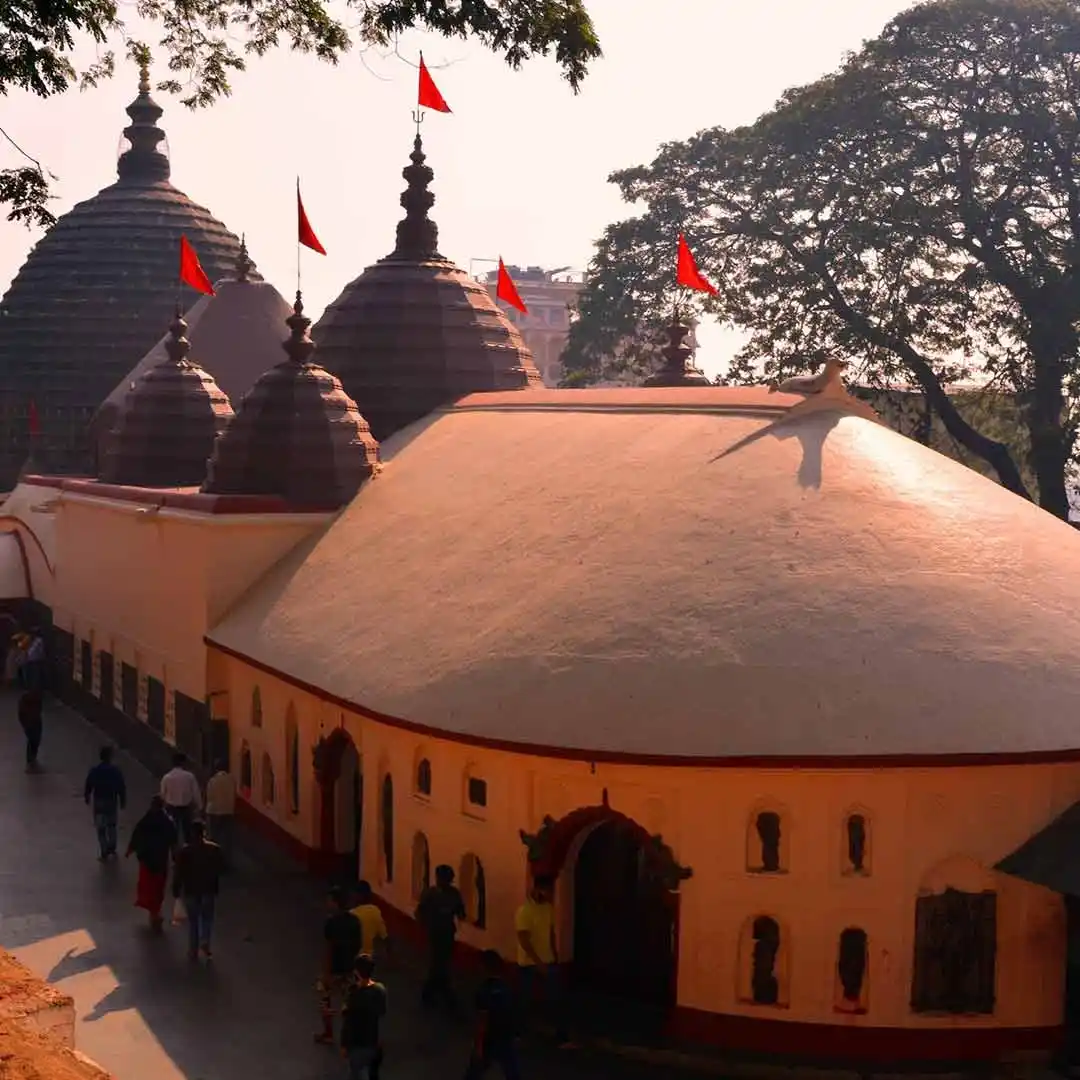
Maa Kamakhya Devi Temple, Guwahati, Assam
location_on Kamakhya, Guwahati, Assam - 781010
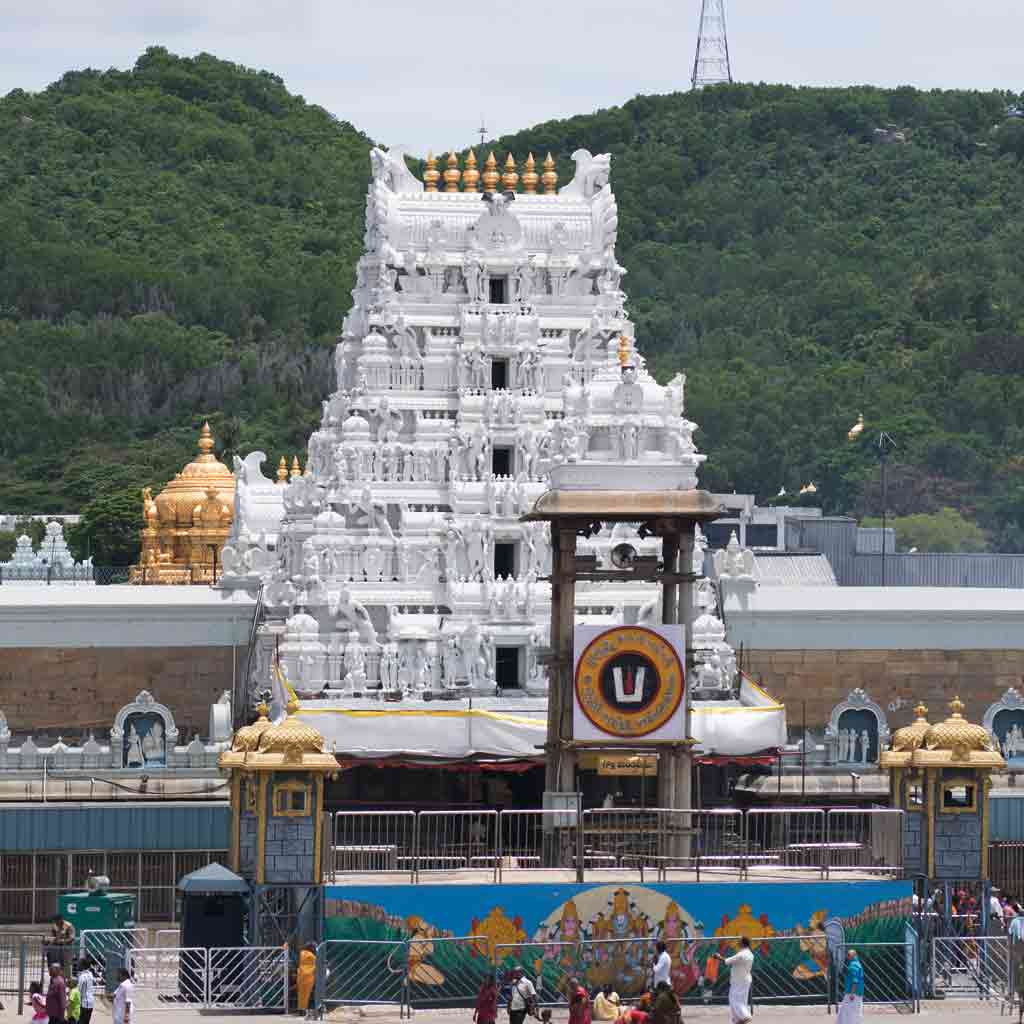
Tirumala Tirupati Balaji Temple
location_on S Mada St, Tirumala, Tirupati, Andhra Pradesh 517504
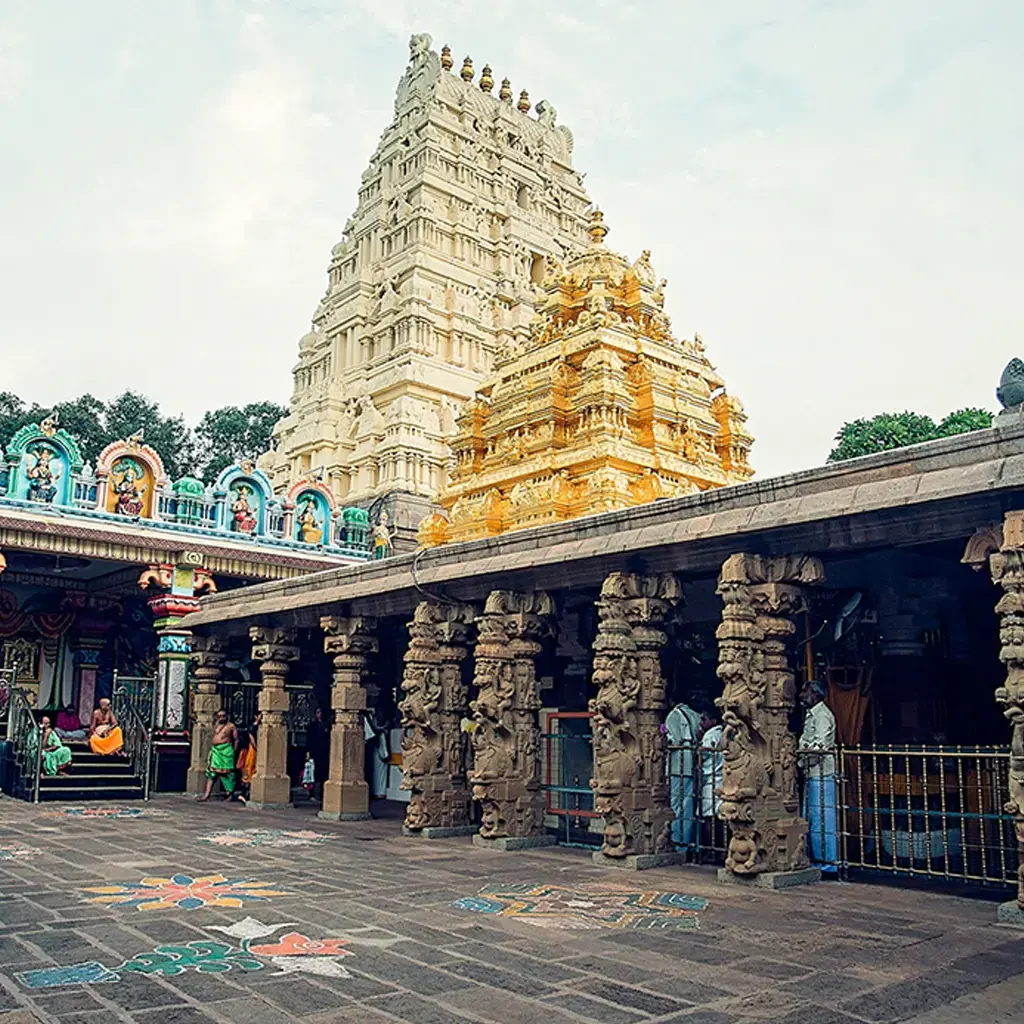
Bhramaramba Devi Temple, Srisailam
location_on Srisailam, Andhra Pradesh 518101
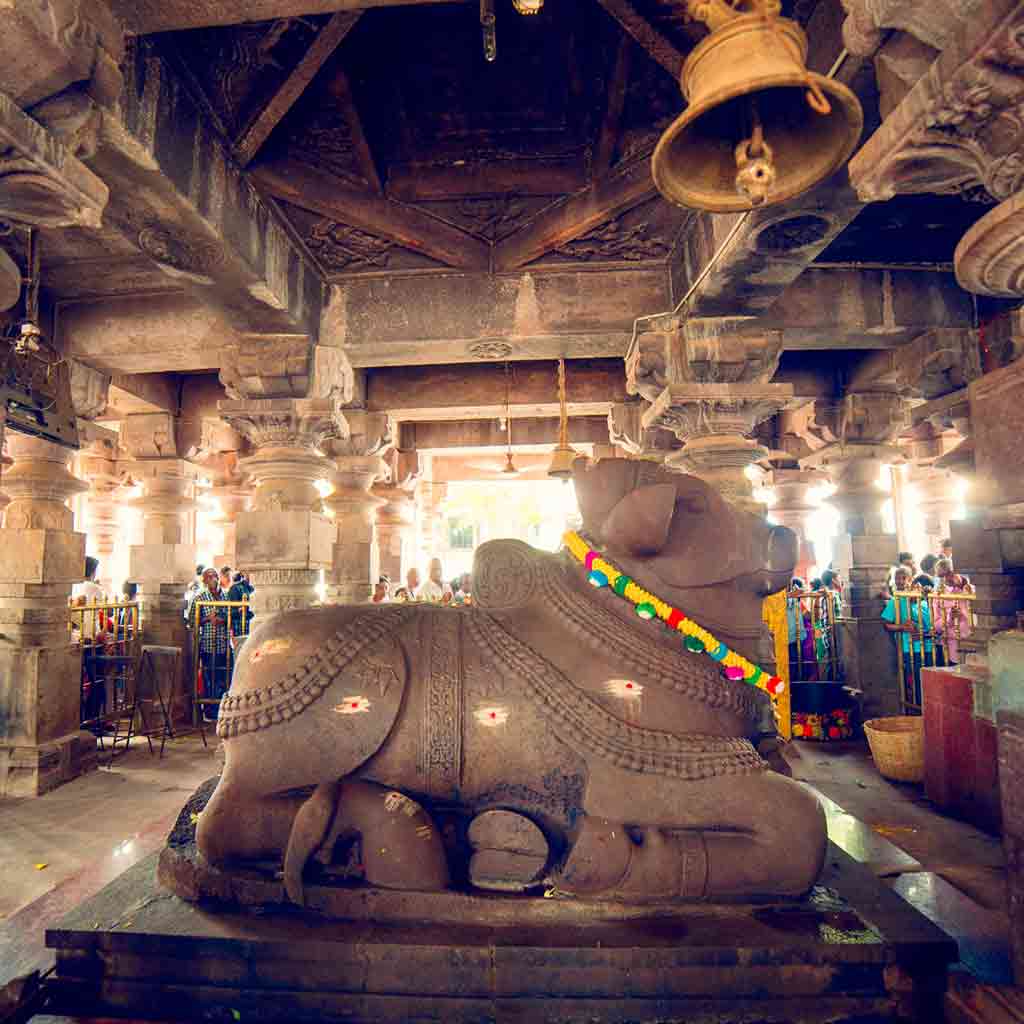
Sri Mallikarjuna Swamy Temple, Srisailam
location_on Srisailam, Andhra Pradesh 528101
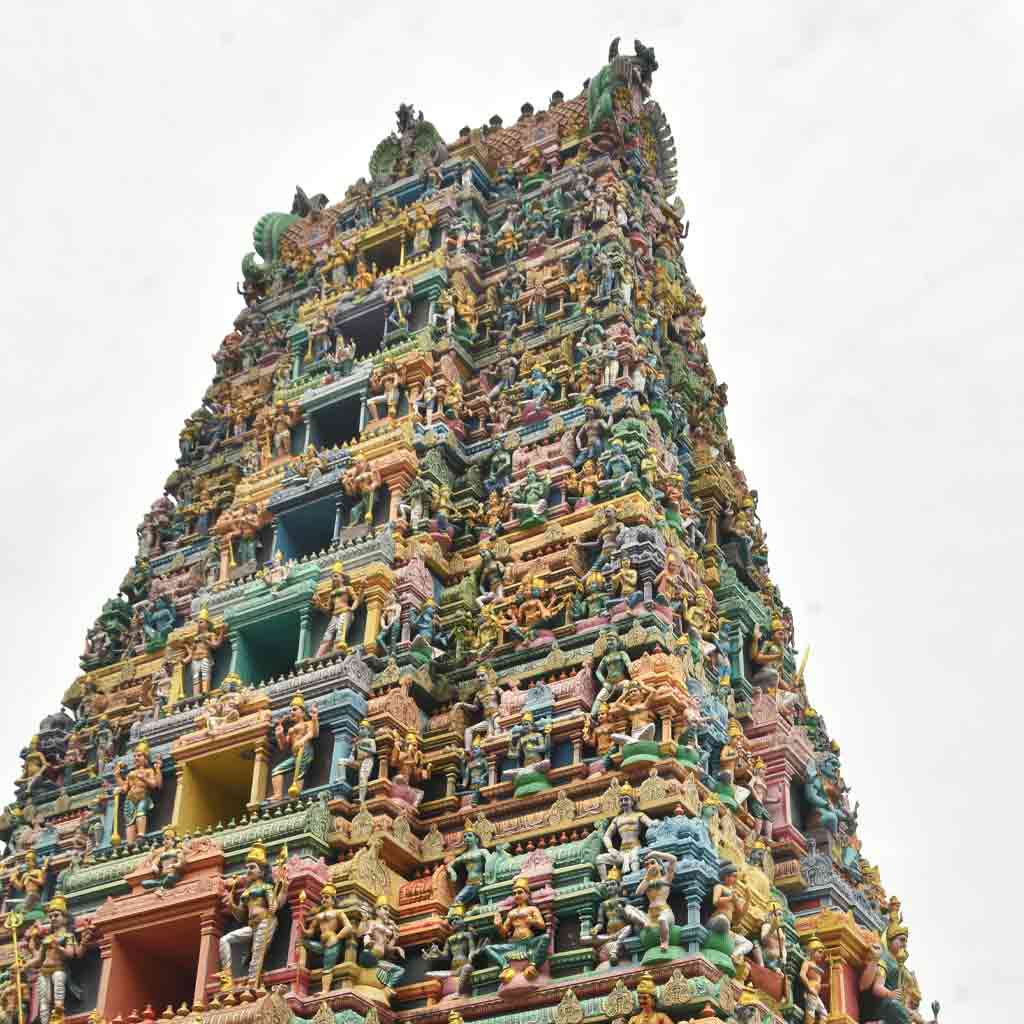
Kanaka Durga Temple, Vijayawada
location_on Arjuna Street Mallikarjunapeta Indrakeeladri, Durga Agraharam, Mallikarjunapeta, Vijayawada, Andhra Pradesh 520001
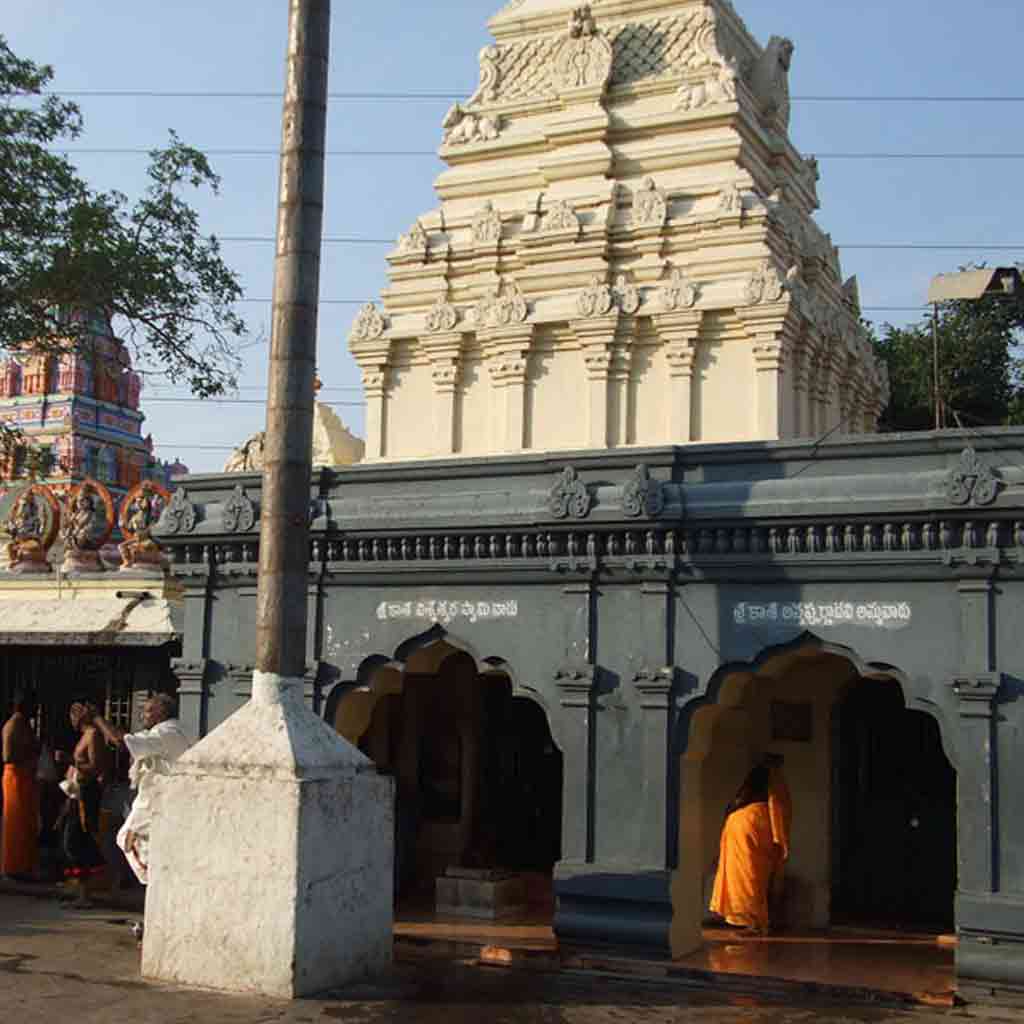
Sri Kukkuteswara Swamy Temple, Pithapuram
location_on Uppada - Pithapuram Rd, Kalyanamandapm, Pithapuram, Andhra Pradesh 533450
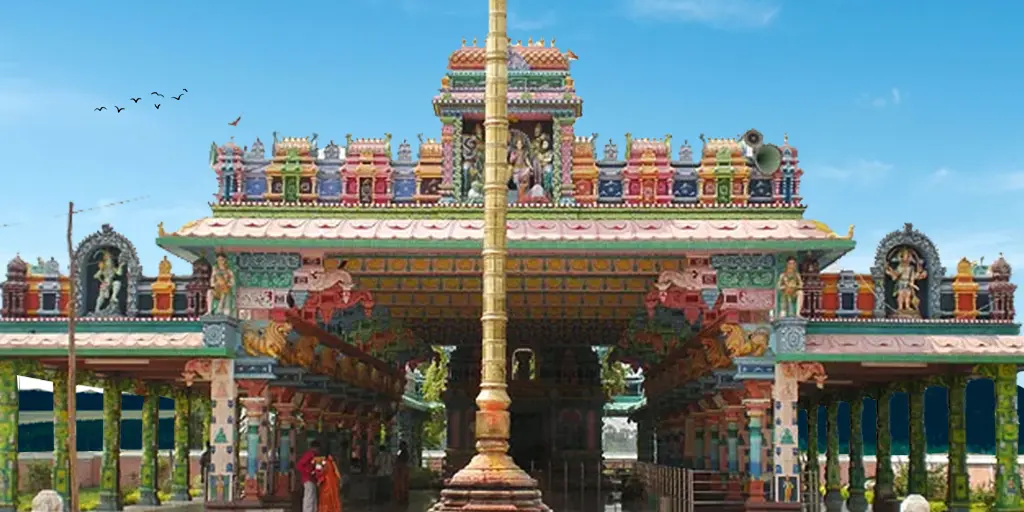
Maddi Anjaneya Swamy Temple, Jangareddygudem
location_on Sri Maddi Anjaneya temple, Jangareddigudem, Gurvaigudem, Andhra Pradesh 534447
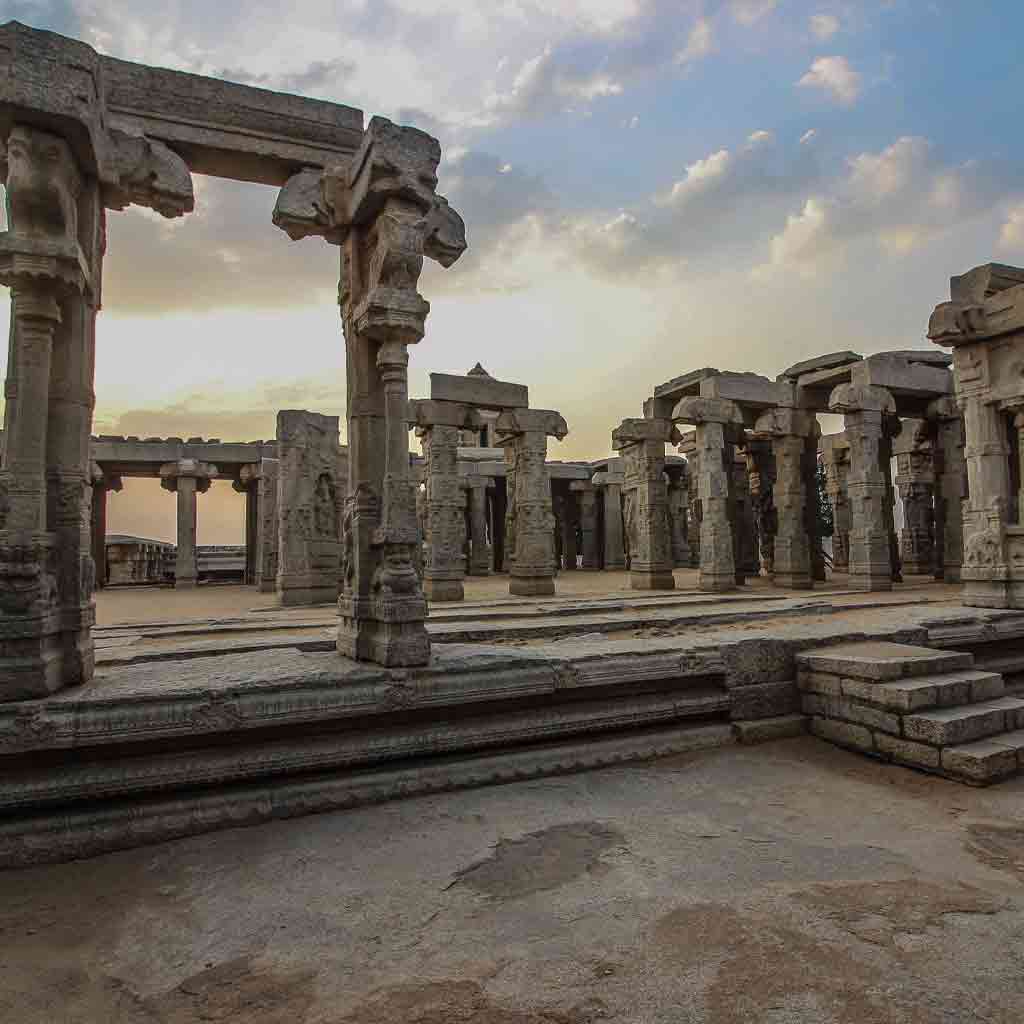
Sri Veerabhadra Swamy Temple, Lepakshi
location_on Main road, Lepakshi, Andhra Pradesh 515331
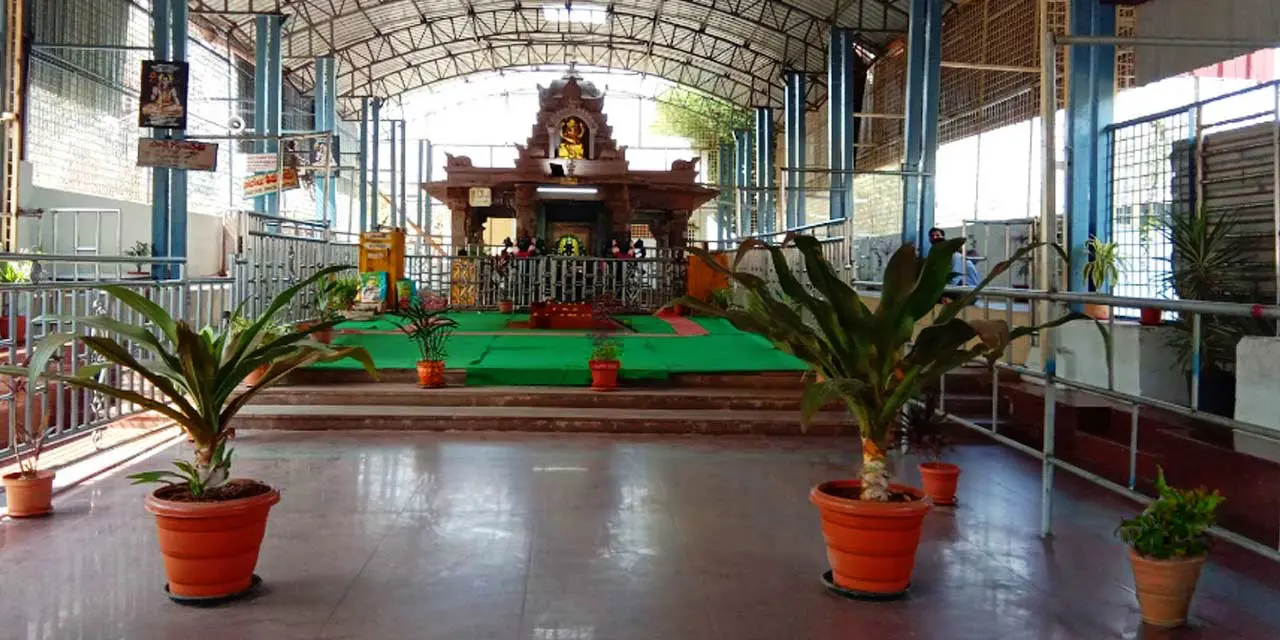
Sakshi Ganapati Temple, Srisailam
location_on Srisailam, Andhra Pradesh 518101
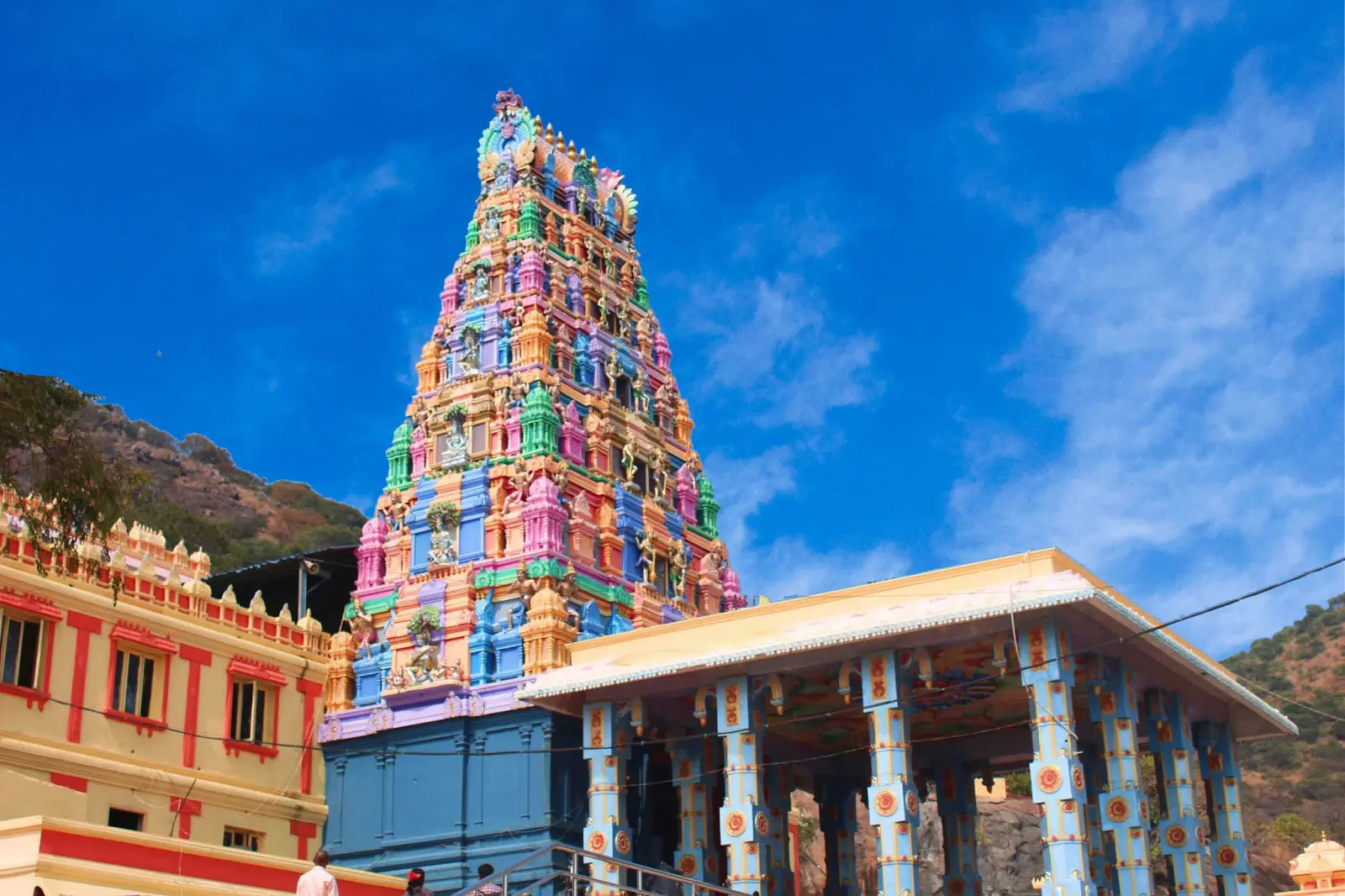
Kotappakonda Sri Trikoteswara Swami Temple
location_on Kotappakonda Rd, Narasaraopeta, Andhra Pradesh 522549
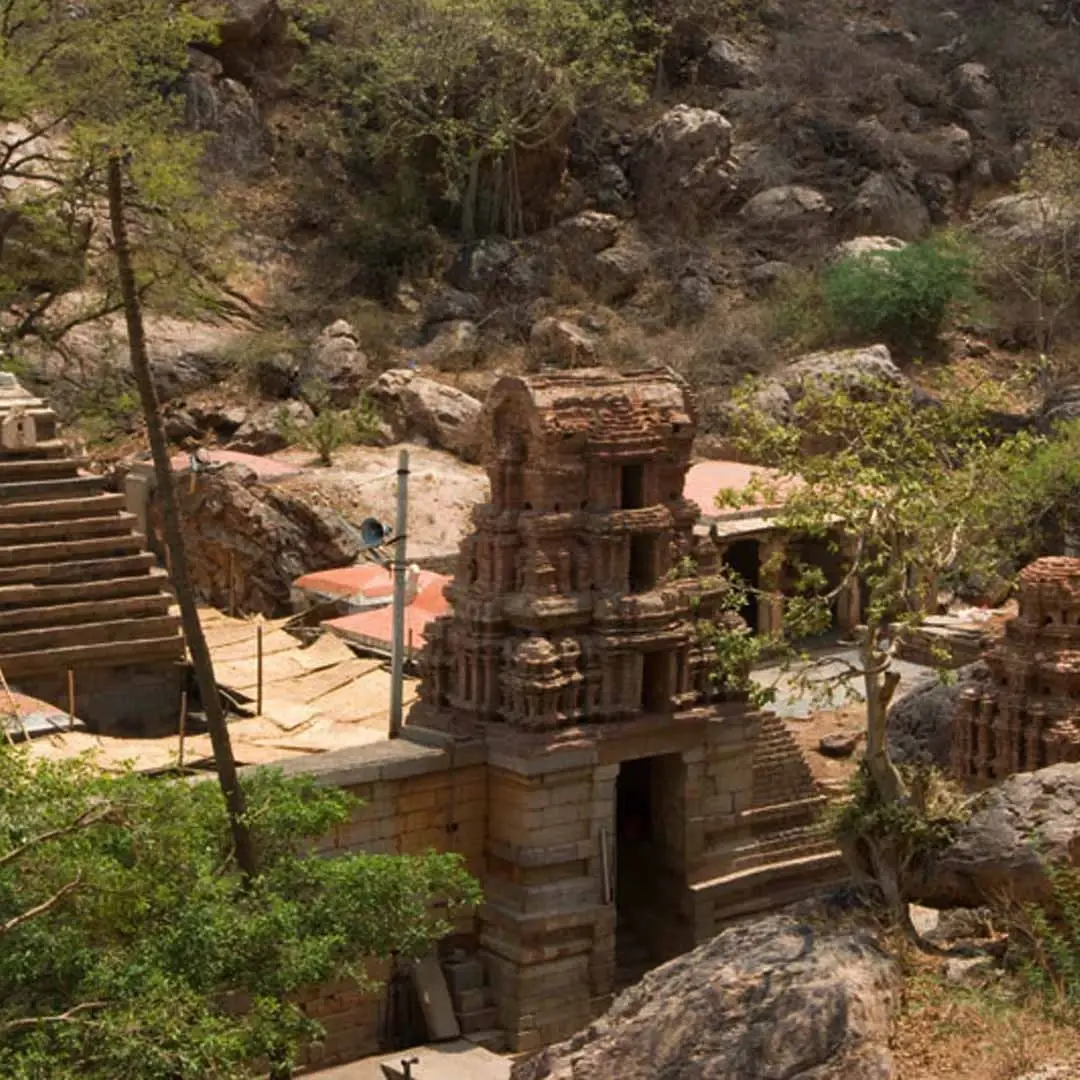
Uma Maheswara Temple, Yaganti
location_on Temple Gopuram, Yaganti Rd, Yaganti, Andhra Pradesh 518124

Ahobilam Narasimha Swamy Temple (Lower and Upper Ahobilam)
location_on Ahobilam, Andhra Pradesh - 518543
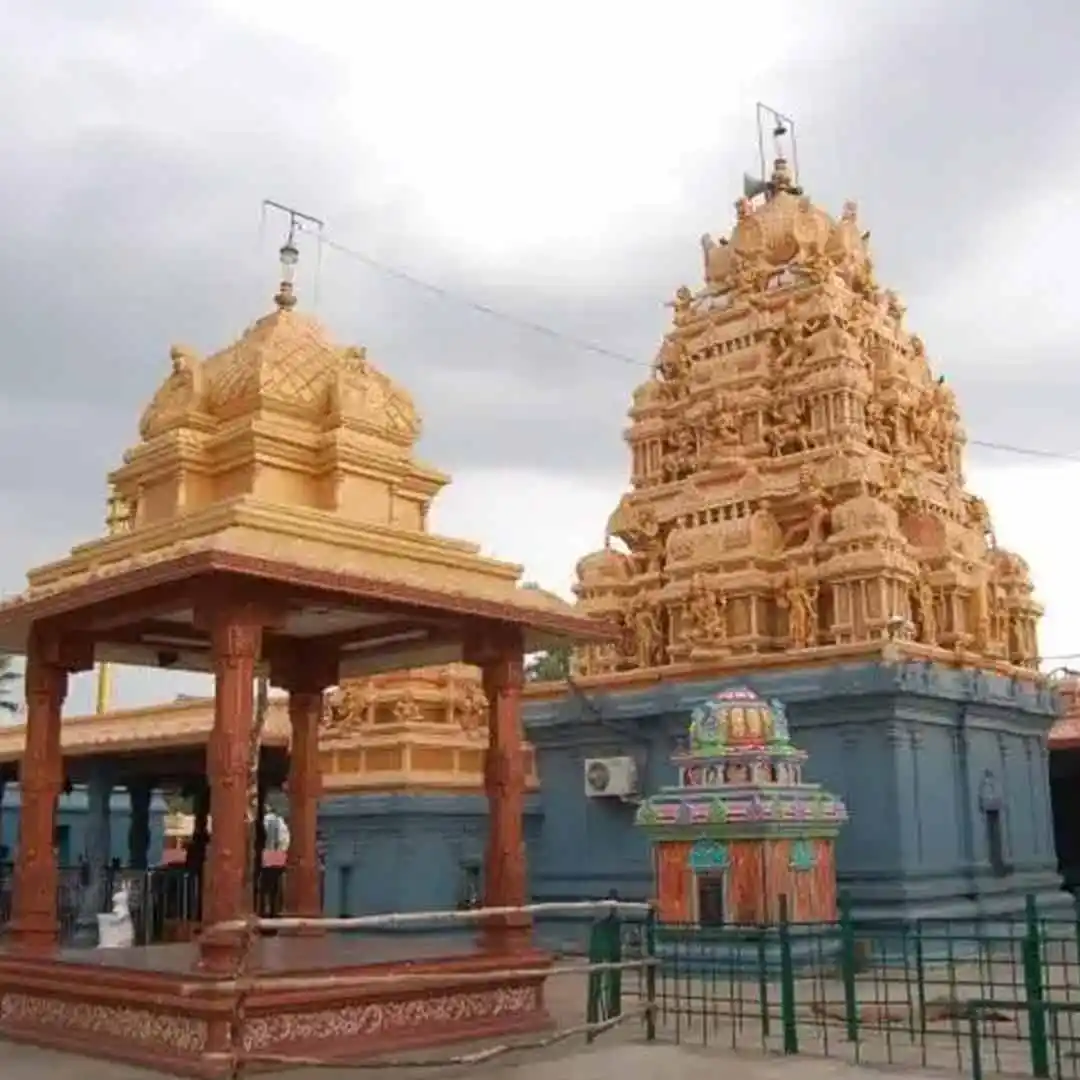
Puruhutika Devi Temple - Pithapuram Shakti Peetam
location_on opposite Petrol Bunk, Kalyanamandapm, Pithapuram, Andhra Pradesh - 533450
Popular Packages
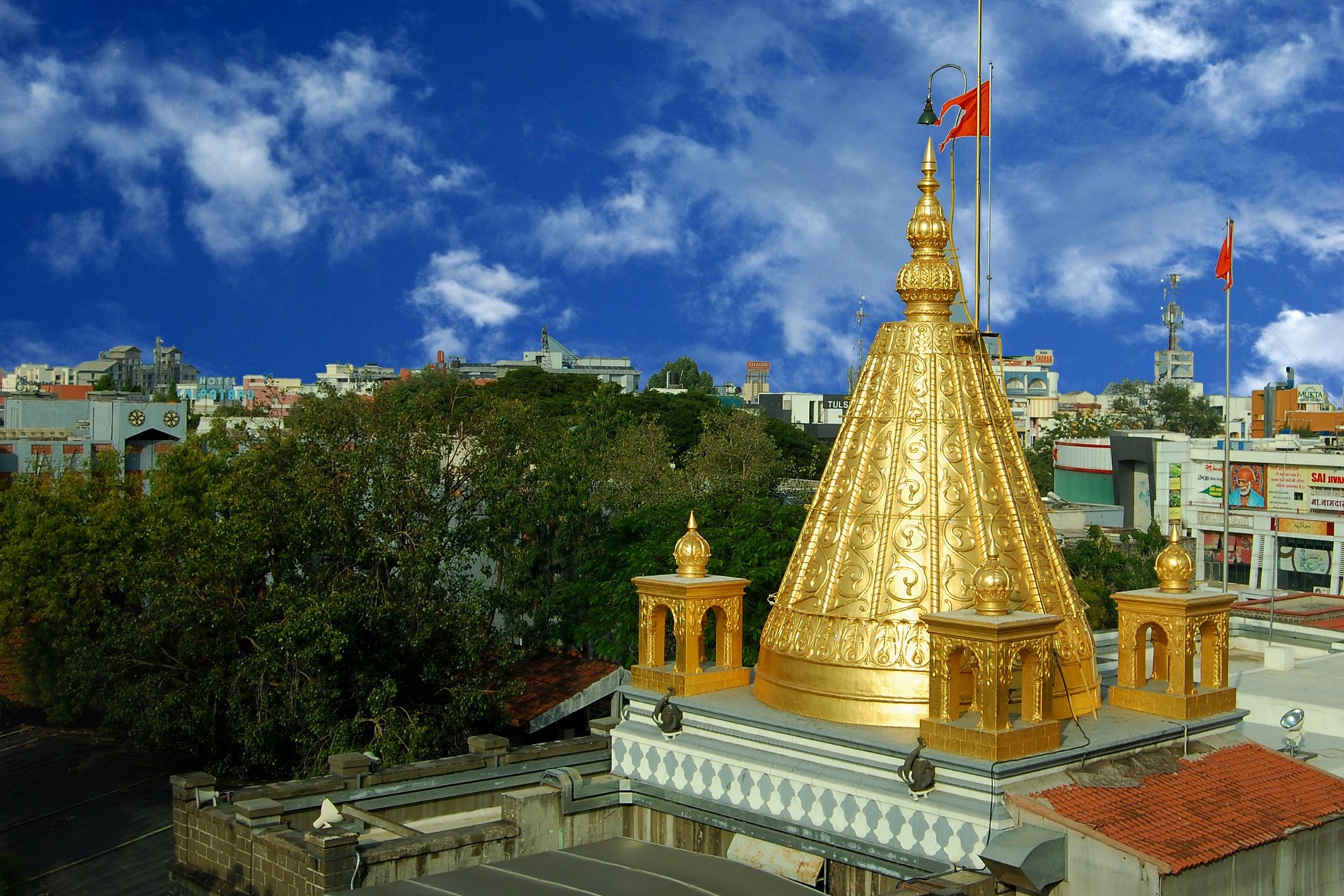
Shirdi
calendar_month 2 Nights -3 Days Package
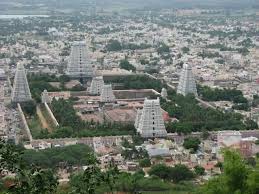
Arunachalam Yatra
calendar_month 1 Nights -2 Days Package
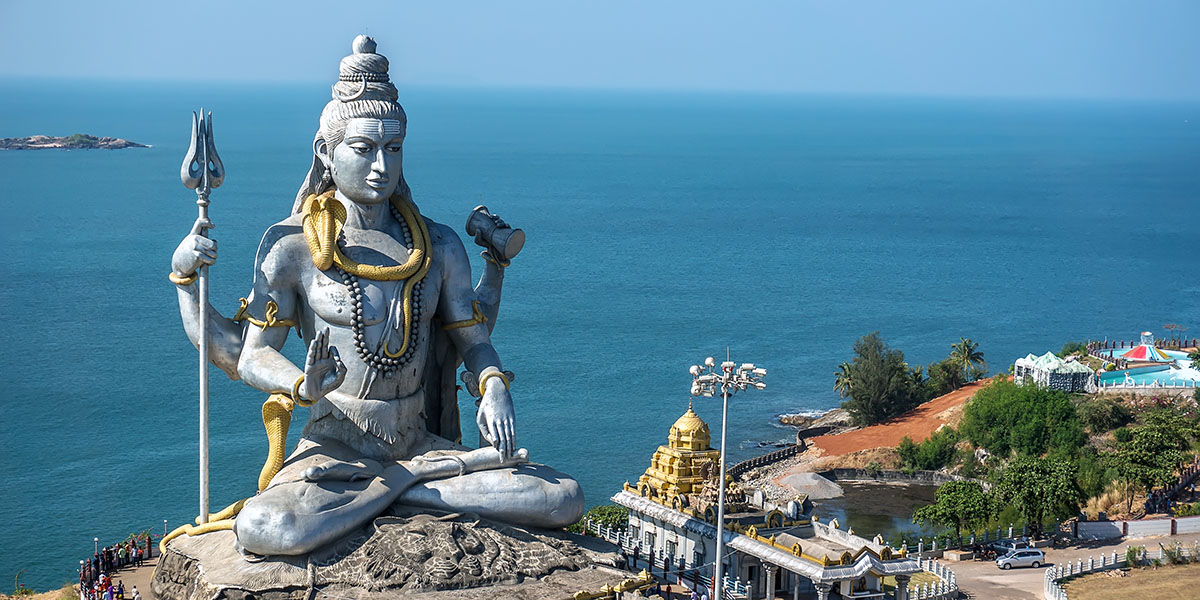
Karnataka
calendar_month 4 Nights - 5 Days Package

Trivandrum -Kanyakumari
calendar_month 2 Nights - 3 Days Package
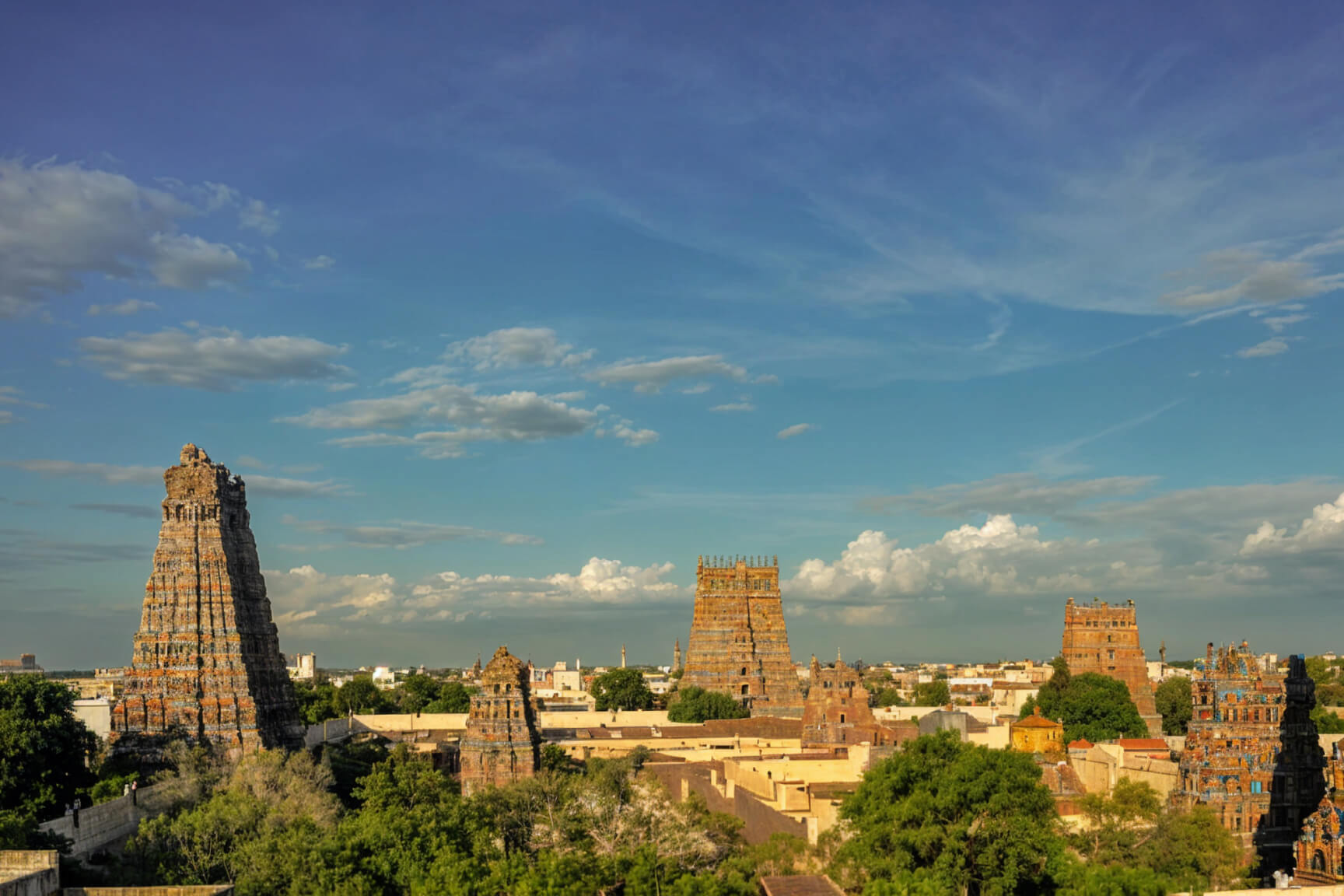
Madurai - Rameshwaram
calendar_month 3 Nights - 4 Days Package

Kukke Subrahmanya-Dharmasthala-Udupi
calendar_month 2 Nights - 3 Days Package
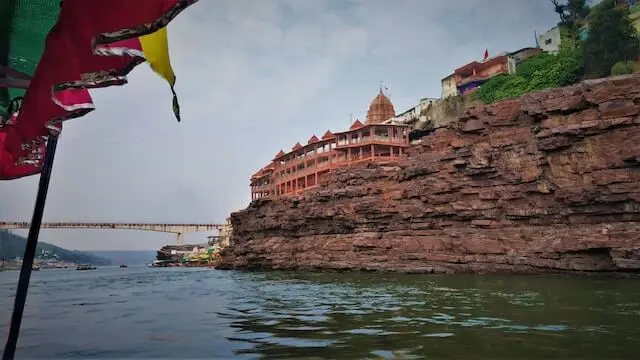
Bhubaneswar-Konark - Puri
calendar_month 3 Nights - 4 Days Package
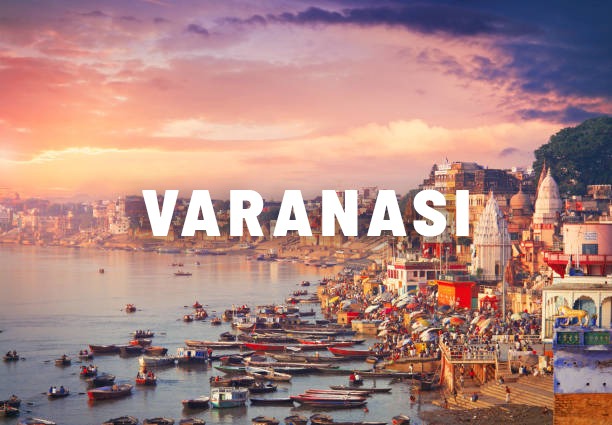
Varanasi-Prayagraj-Ayodhya
calendar_month 3 Nights -4 Days Package
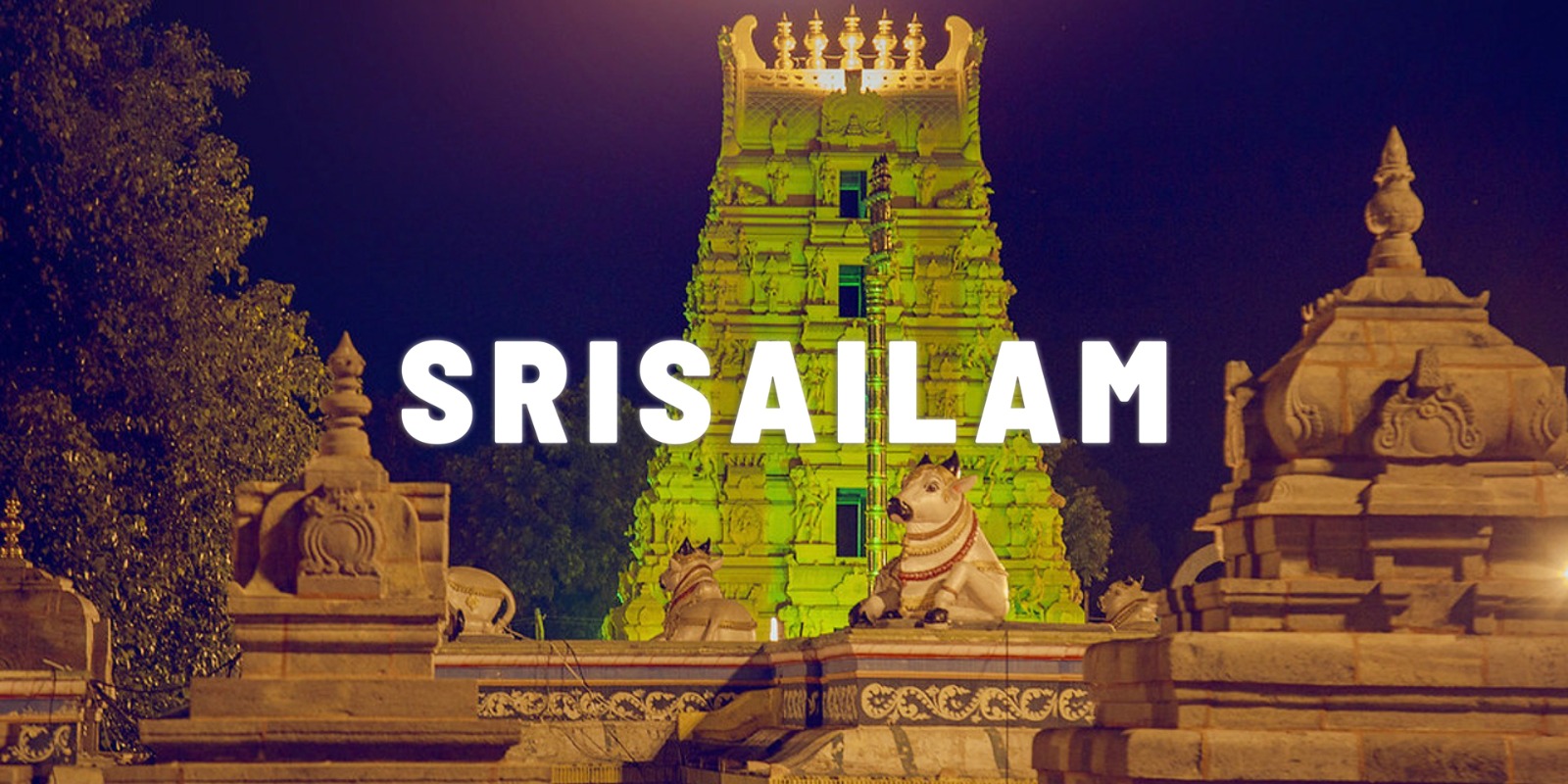
Srisailam
calendar_month 1 Night - 2 Days Package